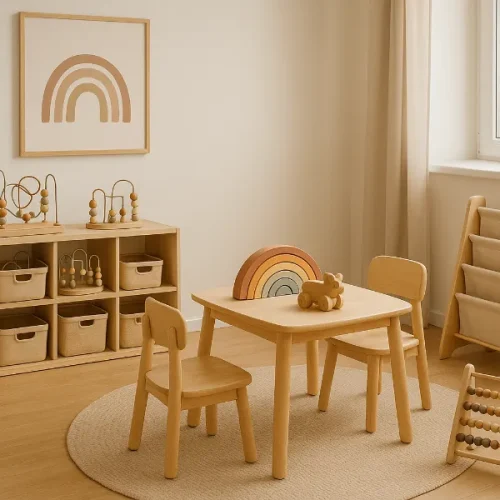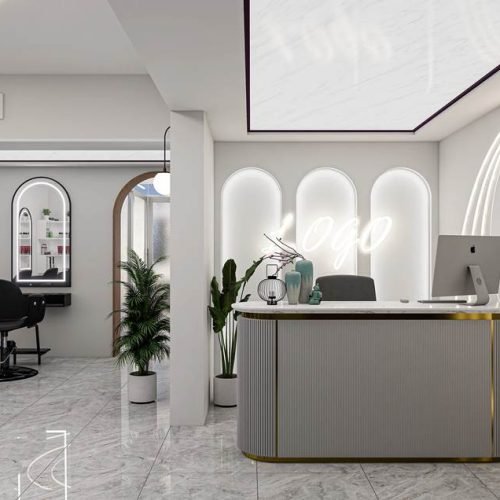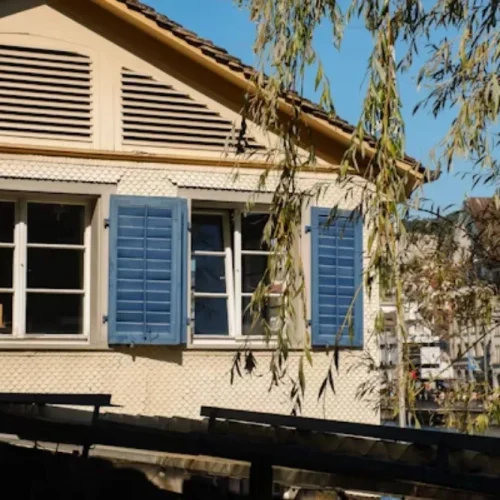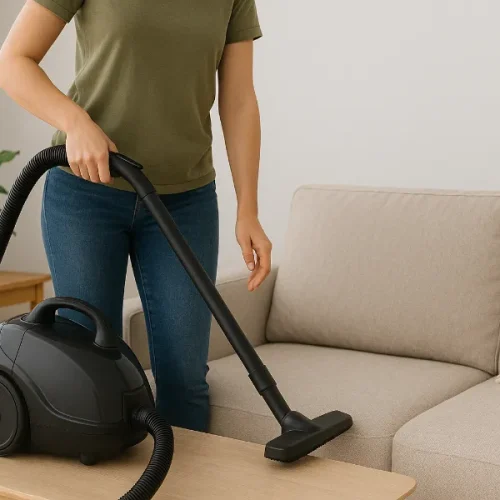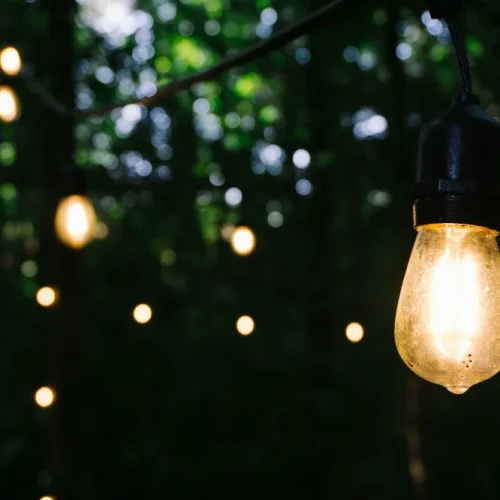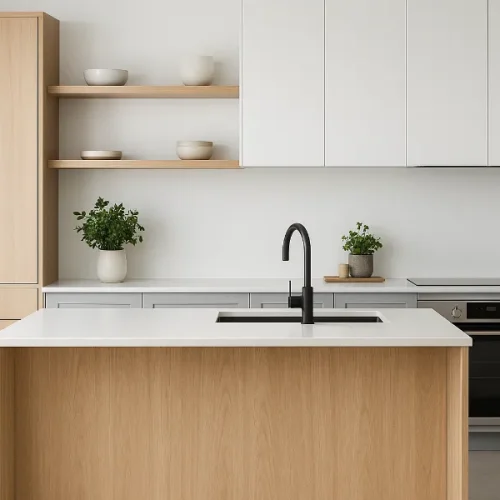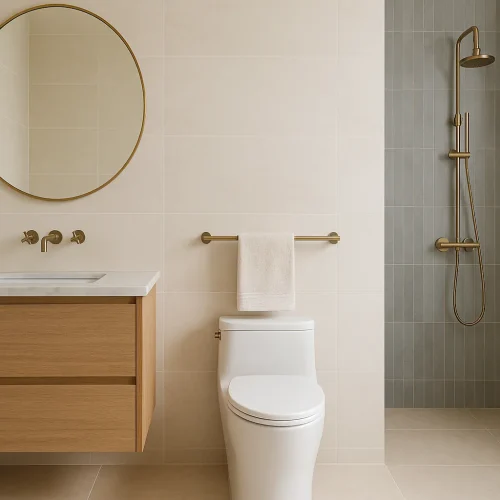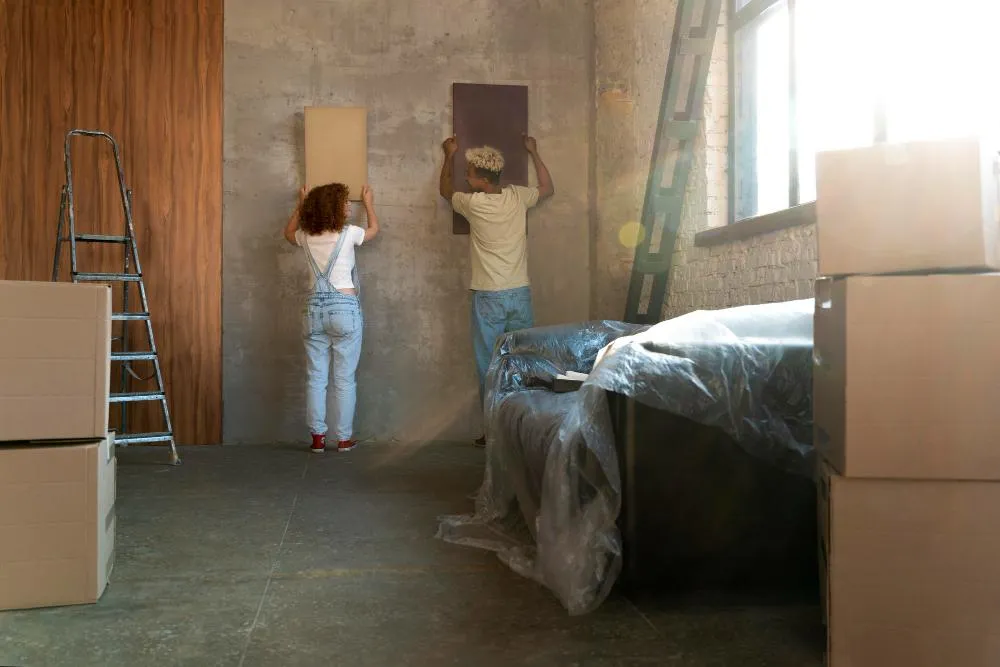
When considering home improvements or buying an older property, aesthetics often get more attention than the safety of finishes and materials. However, many common design choices of decades past now represent health and safety risks that can threaten families and lower property value. Addressing outdated finishes is just as crucial as upgrading décor—so it’s important to know what to look for and how to take action. In this comprehensive guide, discover which finishes and materials need immediate scrutiny, why they’re risky, and innovative alternatives that enhance style and safety, which can have a positive impact on both function and beauty.
Lead-Based Paint
Homes built before 1978 are likely to contain lead-based paint, which flakes or becomes airborne during remodeling, vacuuming, or even through daily wear. Exposure to lead can cause neurological damage, developmental issues in children, and chronic health problems in adults. If your home is older, hire a certified lead inspector before sanding, scraping, or disturbing painted surfaces. Professional removal and encapsulation are essential for peace of mind.
Asbestos-Containing Materials
Used extensively for insulation, flooring, and ceiling tiles until the late 1970s, asbestos is extremely hazardous when disturbed. Inhaled fibers can cause mesothelioma, lung cancer, and respiratory ailments. Asbestos may lurk in popcorn ceilings, pipe insulation, old floor tiles, or siding. If you suspect asbestos, never attempt DIY removal—contact a licensed abatement contractor for safe identification and disposal.
Faulty Aluminum Wiring
Homes built during the 1960s and ’70s sometimes featured aluminum electrical wiring. While economical at the time, aluminum oxidizes and corrodes, increasing fire risk. Warning signs include flickering lights, warm outlets, or a persistent burning smell. If confirmed, a licensed electrician can often retrofit or “pigtail” individual outlets and switches to modern copper standards, ensuring your home meets today’s safety codes.
Aging Plumbing Fixtures and Pool Parts
Older galvanized pipes, polybutylene, or cast iron plumbing systems are notorious for leaks, rust, and water quality issues. If your home features vintage bathrooms or kitchens, schedule a professional inspection. Updating old fixtures isn’t just cosmetic—it prevents unforeseen water damage and health concerns. The same goes for pool owners: worn or obsolete filtration and pump systems can lead to safety hazards or inefficiency. Consider upgrades with these Hayward replacement parts, which are designed to meet today’s safety and energy standards, offering longevity and dependable performance.
Outdated Flooring and Carpeting
Vinyl asbestos tiles (VAT) and even some retro-linoleum products contain toxins released when tiles crack, buckle, or are improperly removed. Likewise, old carpeting can harbor allergens, mold, and dust mites. If you’re unsure about your flooring’s composition, call a flooring specialist. Safe replacements include low-VOC vinyl, engineered hardwood, cork, or modern tile.
Hidden Mold and Water Damage
Vintage homes sometimes mask chronic leaks or condensation. Water stains, a musty odor, or bubbling paint are red flags. Hidden mold can cause respiratory problems and worsen allergies, especially in young children or those with compromised immune systems. Ensure bathrooms, kitchens, and basements are adequately ventilated, and take immediate action if you spot evidence of water damage.
Dated Light Fixtures and Electrical Devices
Knob-and-tube wiring (standard in homes built pre-1950) is now considered an electrical hazard. Dated ceiling fans, old wiring, and original lighting fixtures rarely meet today’s safety standards. While replacing wiring is a job for licensed professionals, you can boost style and safety with energy-efficient, code-compliant fixtures. If you want visual impact, check out these rope chandeliers from Hangout Lighting—they echo the warmth of classic design but with modern materials and are safely installed to current standards.
Hazardous Wall Treatments and Finishes
Some wallpaper installed before the 1980s was applied using adhesives laced with asbestos or hazardous solvents. Likewise, old shellac or varnish coatings on doors and trim may emit harmful volatile organic compounds (VOCs). Replacing these finishes with low-emission paints and adhesives is a simple, yet impactful, update that protects indoor air quality.
Safety-First Upgrades: Combining Style and Peace of Mind
Modernizing your home for safety doesn’t mean sacrificing charm. There’s growing interest in products that deliver both—think nontoxic paints in historic colors, reclaimed wood, or period-appropriate tiles free from dangerous compounds. For outdoor spaces and pool areas, prioritize products with modern safety certifications.
Home safety is about being vigilant and making smart upgrades. Taking the time to inspect and replace outdated finishes—be it suspected lead paint, questionable plumbing, or old pool equipment—protects your family and increases your property’s value and appeal. Consult professionals when tackling hazardous materials, and take inspiration from contemporary solutions that never compromise safety for style.


